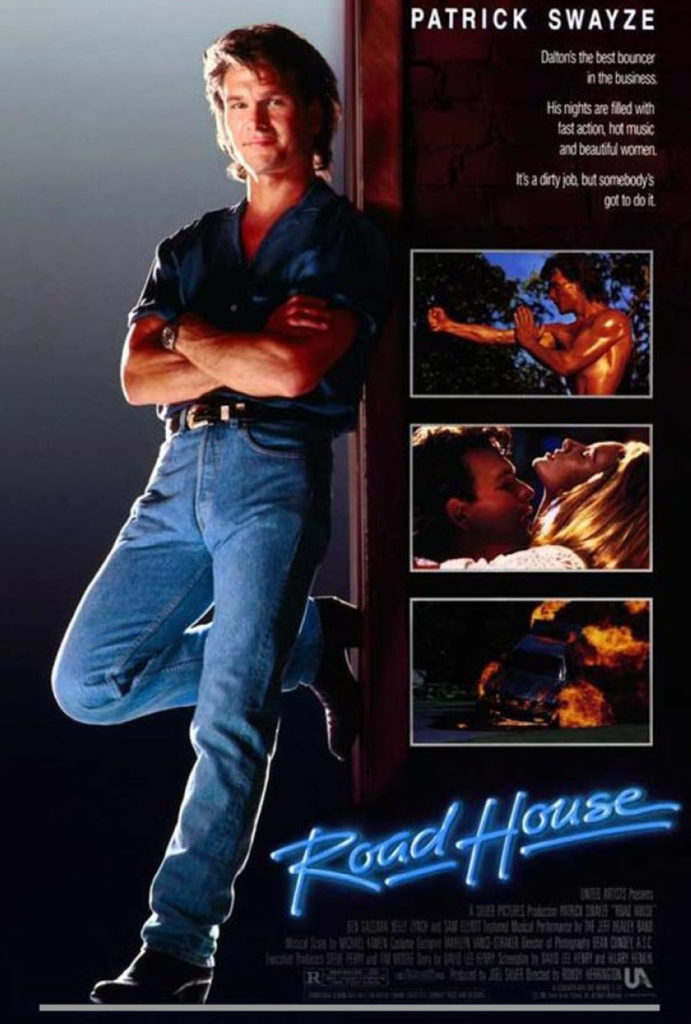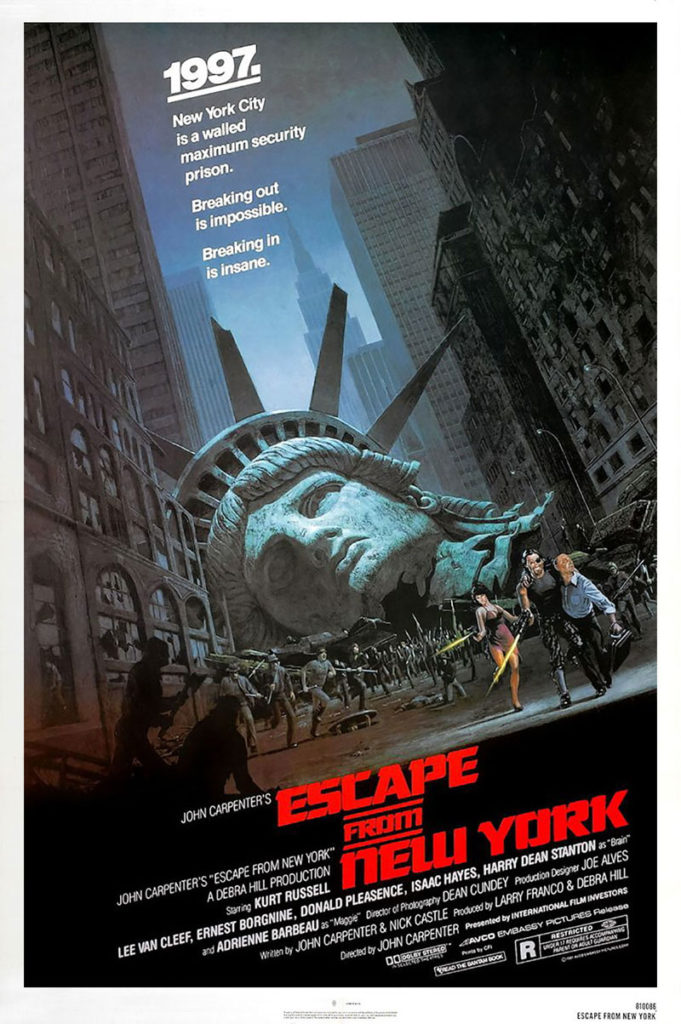 Looking at the list of films I’ve reviewed for Shitty Movie Sundays, there are some real standouts. Most of the films on the list are of such substandard quality that I am genuinely concerned I am wasting precious time in my life that I will never get back when I watch them (Galaxy of Terror, I Spit on Your Grave, Theodore Rex, for example), while others, despite being bad movies, are entertaining. Spacehunter, Raise the Titanic, Reign of Fire, Commando, The Keep — all shitty movies, and all eminently watchable. When I think of my affinity for shitty movies, it is flicks like these that keep me searching for the next great dog.
Looking at the list of films I’ve reviewed for Shitty Movie Sundays, there are some real standouts. Most of the films on the list are of such substandard quality that I am genuinely concerned I am wasting precious time in my life that I will never get back when I watch them (Galaxy of Terror, I Spit on Your Grave, Theodore Rex, for example), while others, despite being bad movies, are entertaining. Spacehunter, Raise the Titanic, Reign of Fire, Commando, The Keep — all shitty movies, and all eminently watchable. When I think of my affinity for shitty movies, it is flicks like these that keep me searching for the next great dog.
I didn’t have to search for Road House. I have seen it many times. Anyone who had basic cable in the 1990s in the United States has seen Road House at least once. Ted Turner must like the movie, because it felt like TNT used to show it two or three times a month. I bet it’s second only to The Shawshank Redemption for TNT showings.
Road House is one of the best shitty movies ever made, and it has a legitimate argument for being the best shitty movie of all time. A rundown of the plot will show the ingredients director Rowdy Herrington was working with. Continue reading “Shitty Movie Sundays: Road House”

 Back before the great wave of gentrification began to hit American cities in the mid-1990s, there was the 1980s, an era when the distressed environment of the cities bottomed out. Long decades of neglect, strained local budgets, and rising crime left our cities veritable war zones. The inner cities were voids of hopelessness, abject poverty, and filth. Even affluent neighborhoods were just dangerous enough to breed well-heeled residents with canny street smarts, always looking over their shoulders for the dark figure hiding behind a tree or in an alley. This kind of palpable fear of urban environments is contagious, and it entered into our lore. We could envision no bright future for the American city because we had seen decay extend its grip for so long. Today’s cities have not fully recovered, and they remain always on the brink, ready to slide back as soon as people’s cares turn elsewhere, but it’s hard to picture just how bad things got unless one were a witness.
Back before the great wave of gentrification began to hit American cities in the mid-1990s, there was the 1980s, an era when the distressed environment of the cities bottomed out. Long decades of neglect, strained local budgets, and rising crime left our cities veritable war zones. The inner cities were voids of hopelessness, abject poverty, and filth. Even affluent neighborhoods were just dangerous enough to breed well-heeled residents with canny street smarts, always looking over their shoulders for the dark figure hiding behind a tree or in an alley. This kind of palpable fear of urban environments is contagious, and it entered into our lore. We could envision no bright future for the American city because we had seen decay extend its grip for so long. Today’s cities have not fully recovered, and they remain always on the brink, ready to slide back as soon as people’s cares turn elsewhere, but it’s hard to picture just how bad things got unless one were a witness.